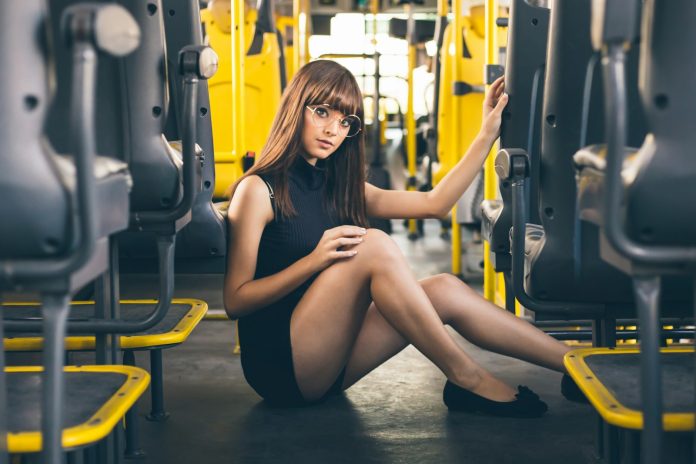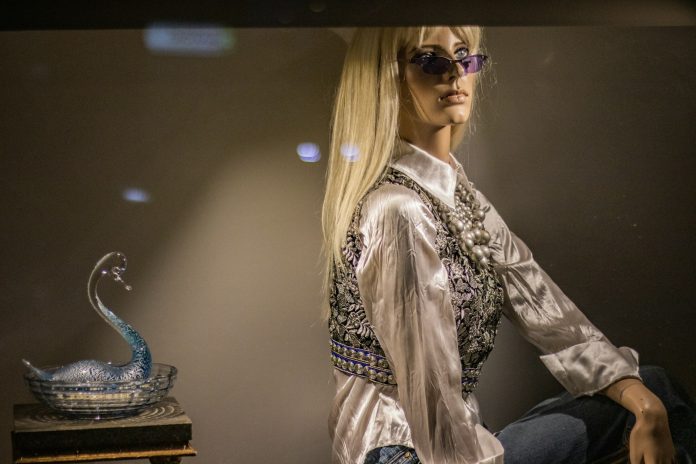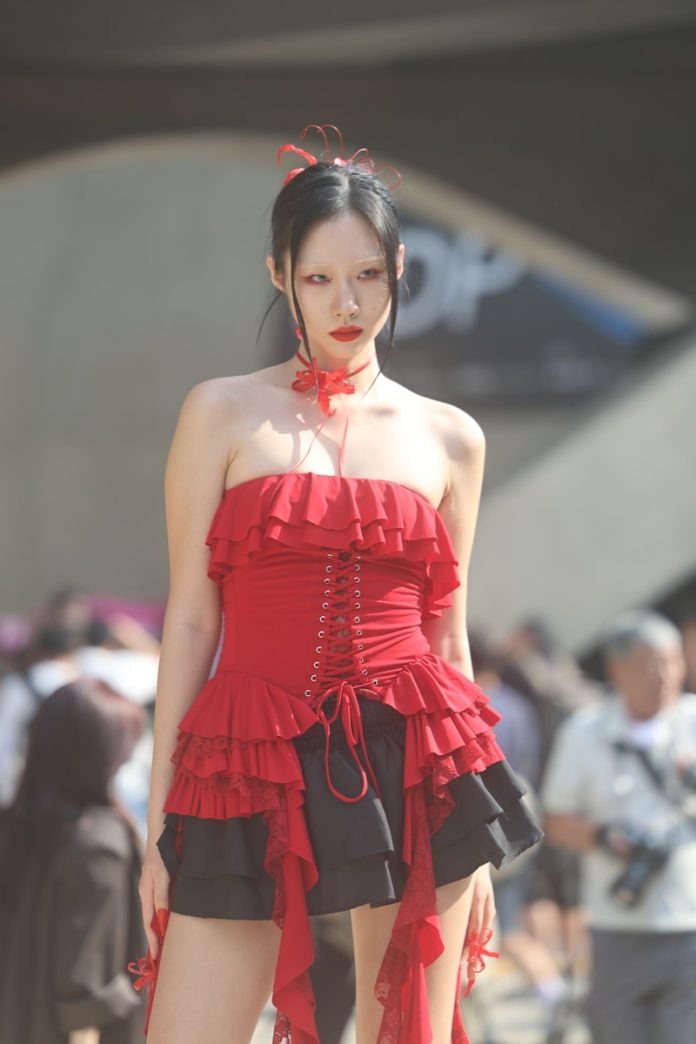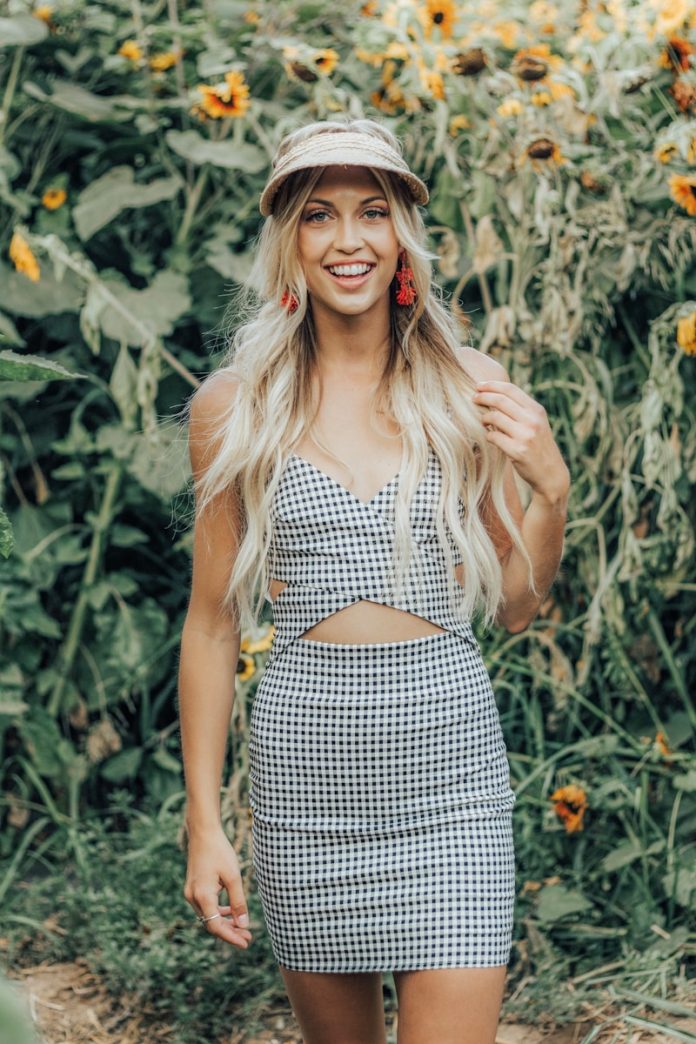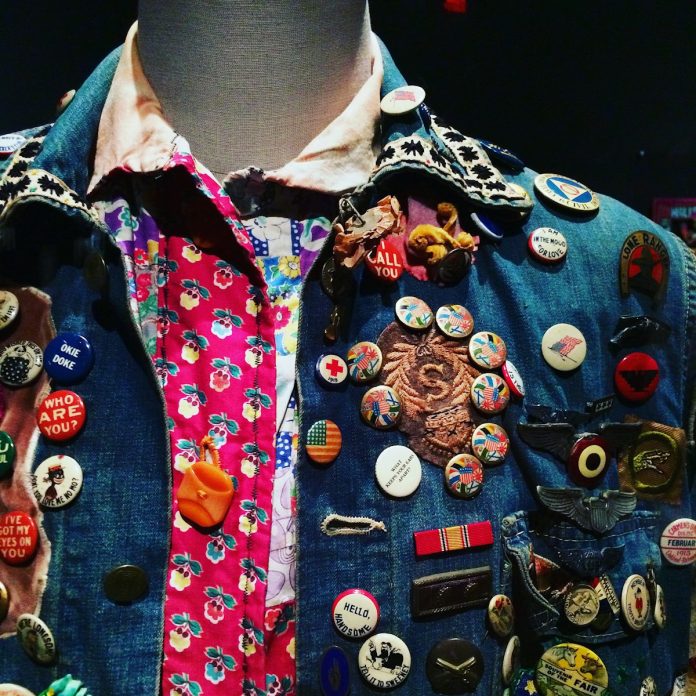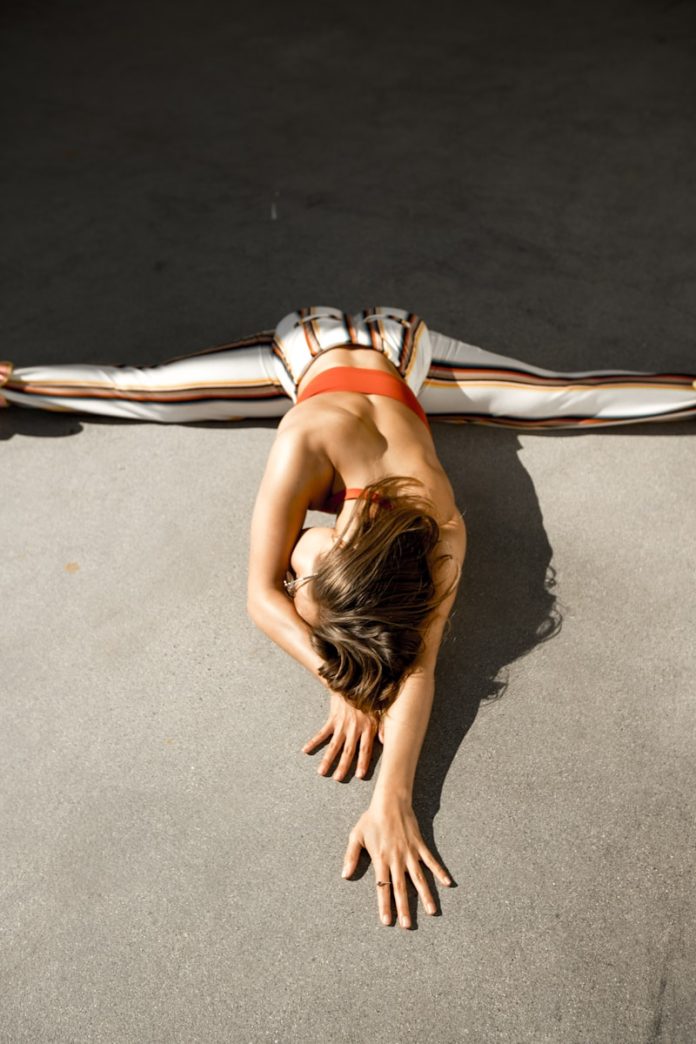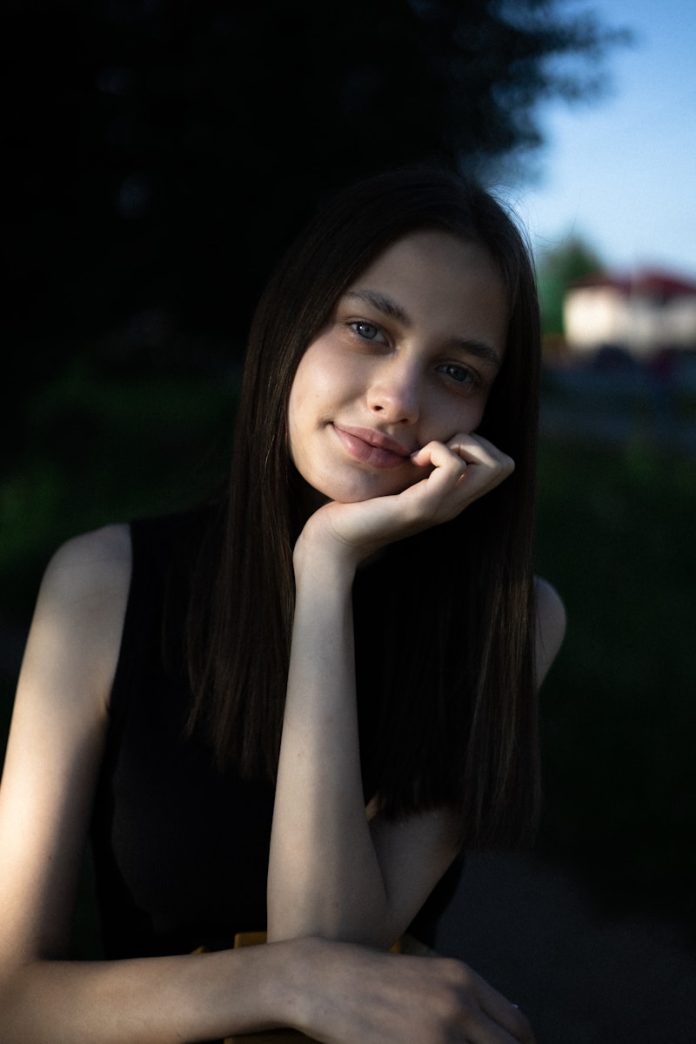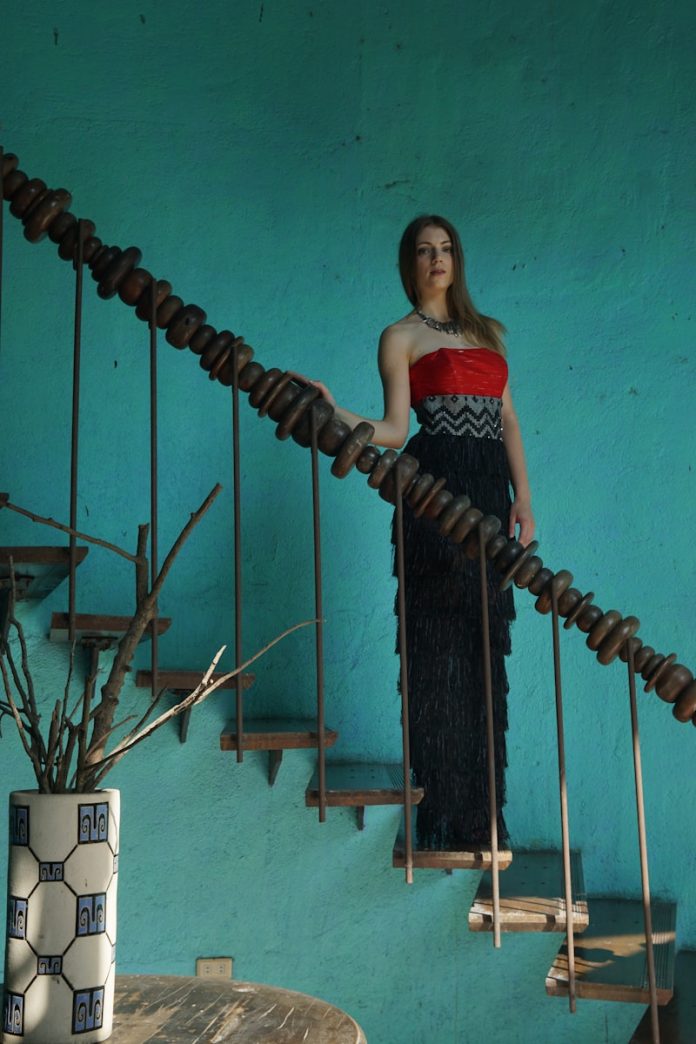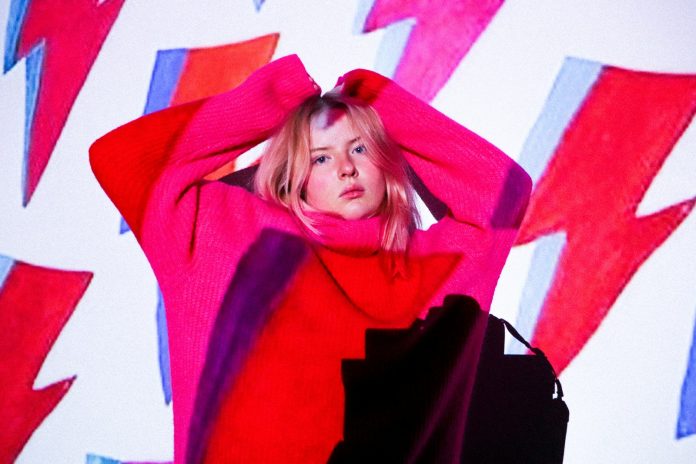A decade ago, wearing leggings outside the gym might have earned you a side-eye or a snide comment about “real pants.” Today, they’re practically a wardrobe essential—styled with trench coats, leather bags, and even heels. Athleisure, once considered a passing trend born out of convenience, has evolved into a cultural cornerstone. No longer just clothes to sweat in, this new wave of fashion blends the technical precision of activewear with the sophistication of ready-to-wear. And at the heart of this transformation is a powerful idea: comfort no longer has to mean compromise.
The latest iteration of athleisure isn’t just about stretchy fabrics or sporty silhouettes—it’s about sculpted comfort. This new chapter embraces performance and polish, movement and elegance. It’s athleisure that supports your body and your schedule, whether you’re on a yoga mat or a Zoom call. It’s a response to the way we live now: fast, fluid, and unapologetically comfort-focused.
Let’s unpack how we got here, what sculpted comfort really means, and why athleisure isn’t just a fashion movement—it’s a reflection of modern life.
From Sweat to Chic: A Quick History of Athleisure
To understand how athleisure evolved, we need to rewind. In the early 2000s, yoga pants started slipping into everyday wardrobes, helped along by lifestyle brands like Lululemon and Athleta. Initially, it was about convenience—running errands after a Pilates class or grabbing coffee post-spin without needing a full outfit change.
By the 2010s, fashion took notice. Celebrities were snapped wearing Adidas track pants with Balenciaga sneakers. High-end designers began releasing capsule collections with performance brands. Suddenly, technical fabrics and elastic waistbands weren’t fashion faux pas—they were fashion-forward.
Then came the pandemic. Lockdowns redefined the way we dressed. Working from home meant comfort became non-negotiable. The rise of Zoom culture blurred the lines between loungewear and office attire. Suddenly, the soft stretch of a ribbed knit set wasn’t just cozy—it was practical. And with nowhere to go and little to prove, people started dressing for themselves.
Out of this cultural shift came sculpted comfort—a refined, intentional version of athleisure that celebrates both form and function.
What Is Sculpted Comfort?
Sculpted comfort is more than just an aesthetic. It’s a philosophy—a design approach that values movement, structure, and self-assurance. Think seamless leggings that hug in all the right places. Cropped hoodies with architectural silhouettes. Matching sets in elevated neutrals, breathable knits, and tactile textures.
Unlike its earlier incarnations, this evolution of athleisure doesn’t rely on overt branding or neon colorways. Instead, it whispers elegance through design details: flatlock seams that contour the body, buttery-soft compression fabrics that support posture, waistbands that smooth without squeezing.
Sculpted comfort isn’t slouchy. It’s engineered. It holds you, flatters you, and moves with you. And most importantly, it empowers you to feel put together without the stiff formality of traditional workwear.
The Cultural Shift: Dressing for Real Life
One reason sculpted athleisure has taken hold is that it mirrors how people actually live. Our days aren’t neatly divided into gym-time, work-time, and me-time anymore—they blend, overlap, and evolve throughout the day.
You might start the morning with a workout, jump straight into meetings, swing by the grocery store, and end the day at a casual dinner—all without going home to change. Clothes that can flex through all of that? That’s not a trend. That’s survival.
This reality has shaped consumer expectations. We want clothes that are adaptable, stylish, and emotionally supportive. The right athleisure piece can boost confidence the same way a power suit once did—but with less stiffness and more breathability.
Brands are responding accordingly. Instead of separating their lines into activewear and casualwear, many now offer hybrid pieces: leggings with tailored waistbands, tanks with built-in bras and asymmetrical cuts, joggers that look like trousers but feel like pajamas.
The future of fashion isn’t about separating function from style—it’s about refusing to choose between them.
The Fabric of the Future
At the core of sculpted athleisure is innovation—not just in design but in materials. Technical fabrics are no longer reserved for marathon runners and mountaineers. They’re entering everyday wardrobes in the form of four-way stretch, sweat-wicking bamboo, recycled nylon, and odor-resistant finishes.
These fabrics don’t just perform—they elevate. They hold their shape, resist wrinkles, and maintain their color wash after wash. They offer support without restriction, making them ideal for both physical movement and psychological ease.
Even knitwear is having a renaissance within this space. Brands are experimenting with seamless knitting techniques that create form-fitting garments without bulky seams or stitching. These pieces mold to the body like a second skin—streamlined, breathable, and flattering.
This is where fashion meets tech in a way that’s deeply human: clothes that feel good, look good, and do good for the planet, too.
The Sculpted Aesthetic: Minimalism Meets Movement
Visually, sculpted comfort leans toward a modern minimalist aesthetic. Muted tones—sage green, camel, charcoal, bone—dominate collections. Silhouettes are clean but dimensional. There’s a quiet power in the way these clothes contour the body without screaming for attention.
Accessories follow suit. Instead of flashy logos and chunky accents, you’ll find tonal crossbody bags, slip-on sneakers with neoprene uppers, and matte finish water bottles that feel more like design objects than gym gear.
Even makeup and hair trends reflect this streamlined style. Clean skin, natural brows, low ponytails, and soft lips complete the look. It’s not about being undone—it’s about being intentionally effortless.
Beyond the Gym: Where Athleisure Is Headed
The most exciting thing about sculpted comfort is its versatility. It’s no longer confined to the treadmill or the sofa. It’s showing up at creative offices, airport lounges, farmer’s markets, and even art galleries.
In fact, many people now build entire wardrobes around elevated athleisure. A ribbed matching set becomes the base layer, topped with a leather blazer and finished with statement sneakers. A fitted performance tank pairs seamlessly with a flowy midi skirt and gold hoops. These combinations blur the line between comfort and couture—and the results are striking.
Expect to see this movement continue to grow. As sustainability, wellness, and mental health remain top-of-mind, consumers will prioritize pieces that support their lifestyles—not just their image.
Sculpted comfort is here to stay because it speaks to something deeper than trends. It speaks to how we want to feel in our clothes: strong, supported, fluid, and free.

